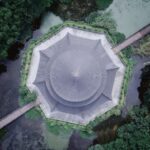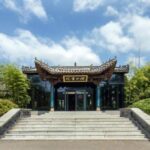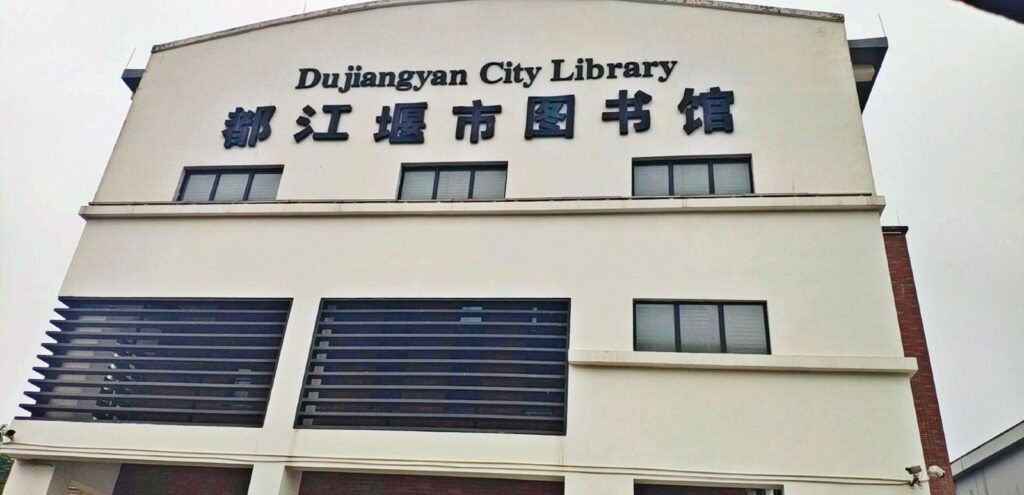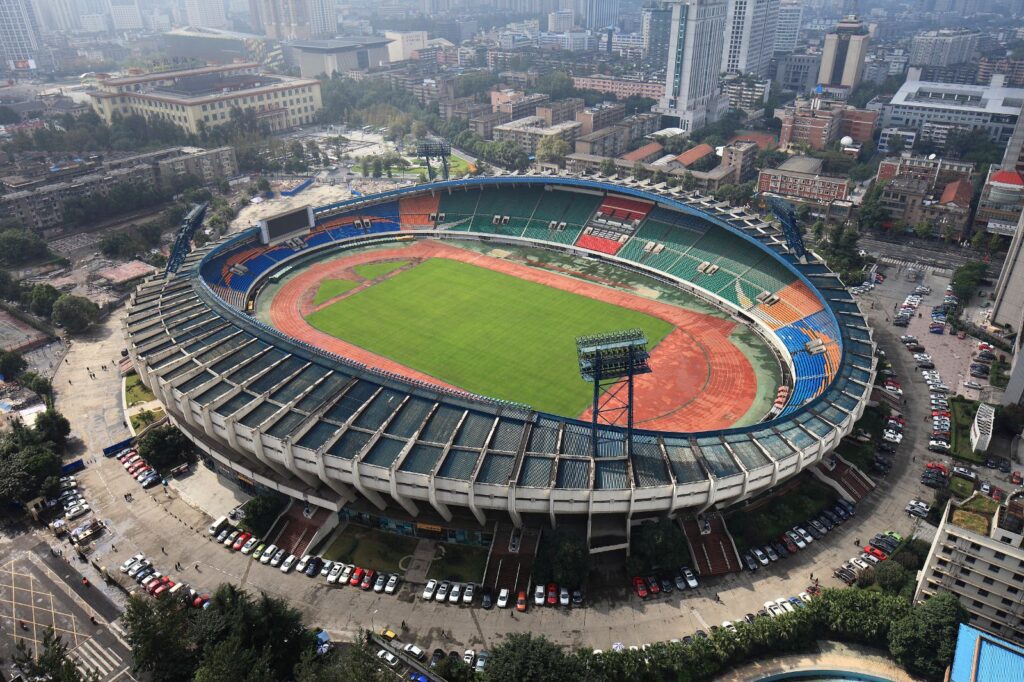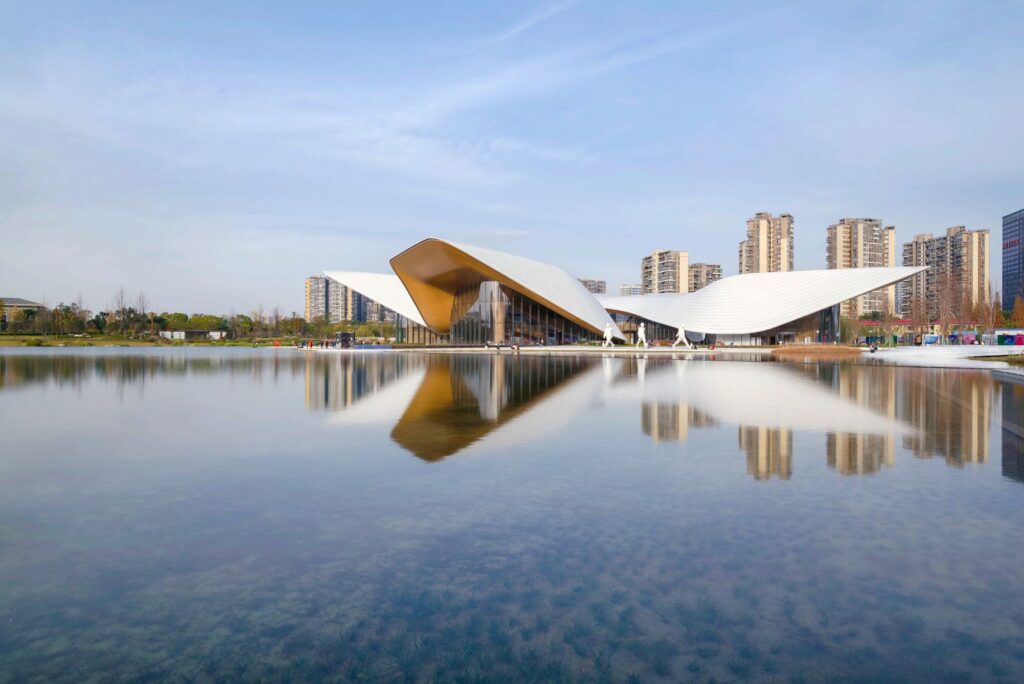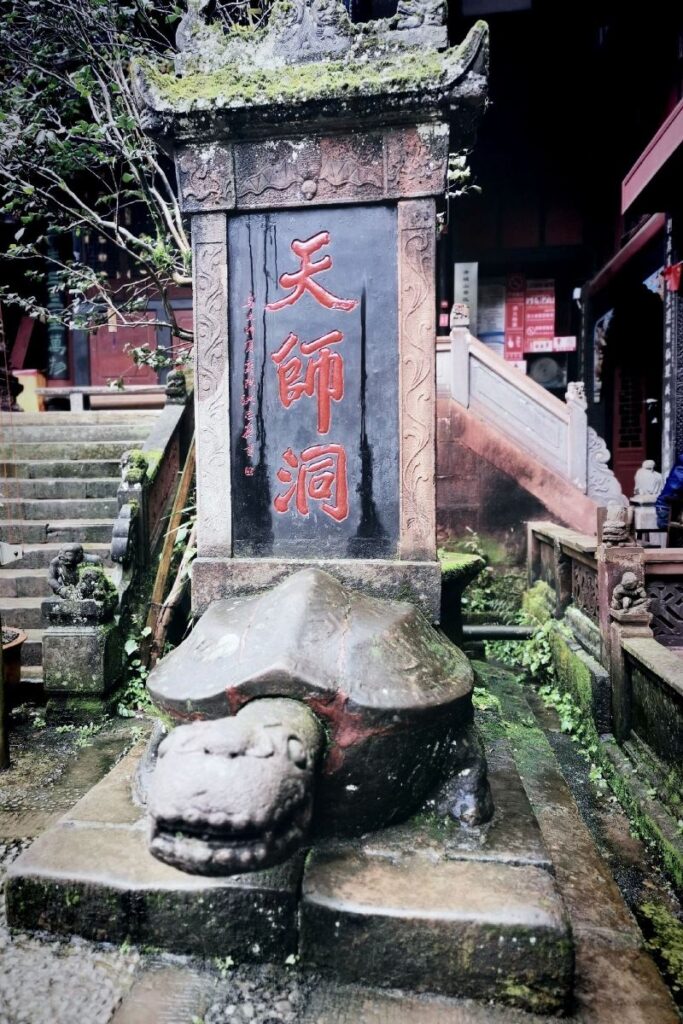Hemingshan is the birthplace of Taoism in China and is regarded as a famous Taoist mountain. It leans against Qingcheng Mountain to the north (about 30 kilometers away), borders Emei Mountain to the south (about 120 kilometers away), connects with Wuzhongshan to the west (about 10 li away), and reaches the Western Sichuan Plain. It is about 70 kilometers away from Chengdu. It got its name because the mountain resembles a crane, hides stone cranes, and is inhabited by real cranes.
It is one of the four famous mountains in ancient Jiannan. Here, the mountain is majestic, with lush forests. Two streams surround it, looking like a standing crane about to spread its wings and fly. In the scenic area, pine and cypress trees form a forest, looking extremely green. The mountain streams make clear sounds. It is a well-known scenic tourist area and a summer resort.There are numerous places of interest in the Hemingshan Scenic Area. The main scenic spots include Sangong Temple, Wenchang Palace, Taiqing Palace, Jieyuan Pavilion, Bagua Pavilion, Yingxian Pavilion, and the ‘Dao Yuan Sheng Cheng’ under construction, etc.
There are also twenty-four caves in Hemingshan. In the Ming Dynasty, Cao Xuequan’s ‘Records of Scenic Spots in Sichuan’ said, ‘There are twenty-four caves on the mountain, corresponding to the twenty-four solar terms (five days make one pentad, and three pentads make one solar term). The cave entrances are about three feet wide and bottomless. Every time a solar term passes, one cave will open, and the rest will not be seen.’ Hence, they are called the twenty-four caves. The Taoist temple in Hemingshan was approved as a key cultural relic protection unit by the Chengdu Municipal Government in 1985 and was approved as a Taoist opening site in 1987. The ‘China Taoist Culture Festival’ also sets up a venue in Hemingshan. Opening hours: Open 24/7 throughout the year